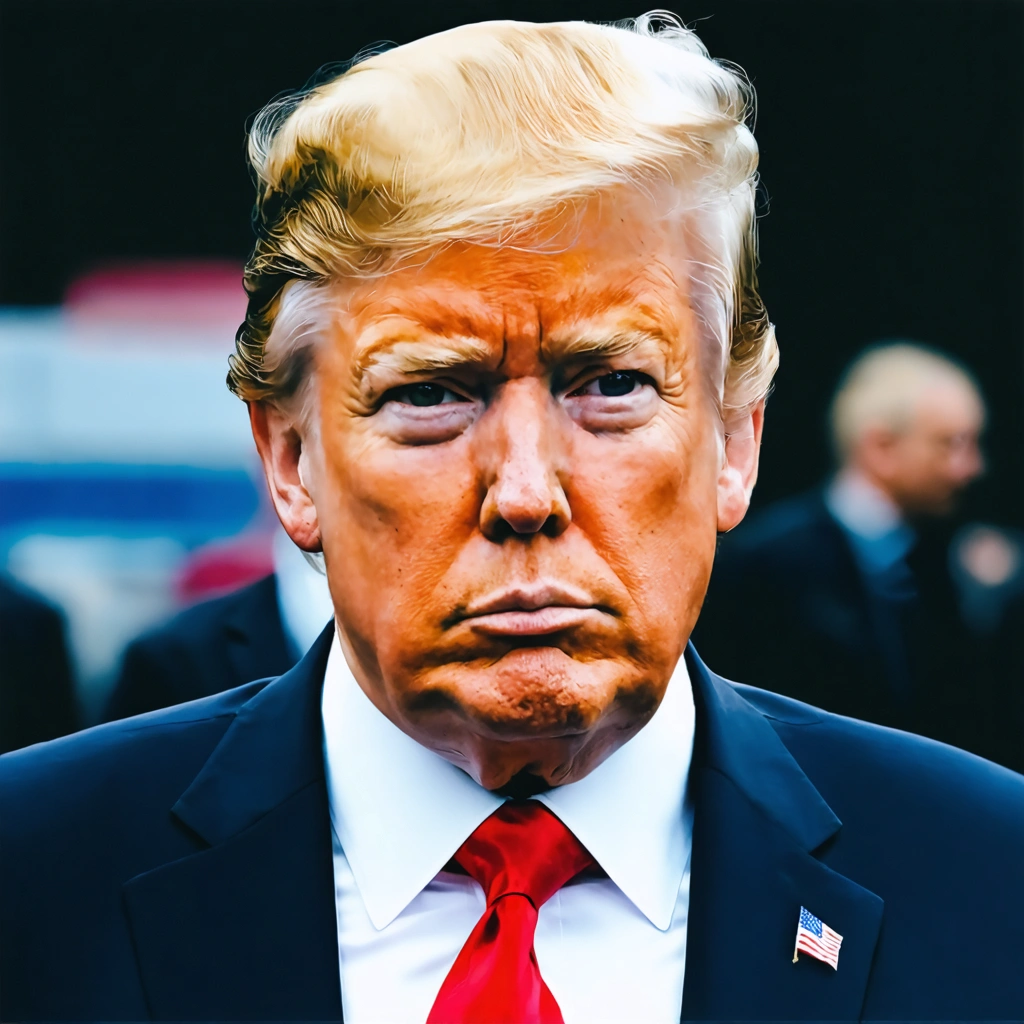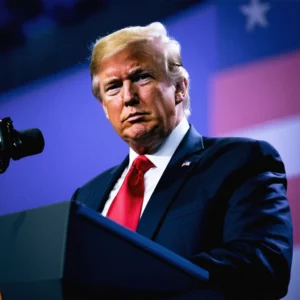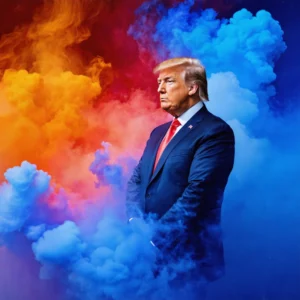
Introduction: Context and Importance
The political evolution of Donald Trump, from actions often characterized as unconstitutional to those now deemed anti‑constitutional, has sparked deep debates across political, legal, and business circles. This article examines the shift in rhetoric and action, exploring its implications for established constitutional norms as well as the resulting impact on business strategies, investor confidence, and governance. The discussion is businesslike and analytical, offering insight into how such political transformations influence economic policy, market behavior, and institutional trust.
Historical Background and Constitutional Context
Understanding the transformation requires a review of historical precedents and constitutional frameworks. Initially, Trump’s actions were criticized for being unconstitutional; however, over time, his behavior and policy initiatives have evolved into what many commentators now label as anti‑constitutional. This transformation has multiple dimensions:
- Legal Precedents: How established legal norms have been challenged.
- Institutional Trust: The erosion of trust between government institutions and the electorate.
- Policy Impacts: Shifts in policy that directly affect constitutional guarantees.
These dimensions influence both the political landscape and the broader business environment.
Business Implications of Constitutional Shifts
For business leaders and investors, the constitutional pivots present both risks and strategic opportunities. It is essential to assess the potential impact on regulatory frameworks, investor sentiment, and operational stability. Consider the following specific business implications:
- Regulatory Uncertainty: Changes in constitutional interpretation create uncertainty in regulatory policies, demanding flexible business strategies.
- Market Volatility: Political instability linked to constitutional debates can lead to market fluctuations, affecting both domestic and international investments.
- Investor Confidence: Trust in economic policies is directly tied to the adherence to constitutional norms, and any deviation can reduce investor confidence.
- Corporate Governance: Companies might need to reevaluate governance practices and risk management procedures to align with the shifting legal environment.
Leaders should engage in strategic planning sessions that incorporate political risk assessment as an integral element of long-term forecasting.
Detailed Analysis of Key Developments
Political Rhetoric and Its Evolution
The evolution in Trump’s rhetorical style from unconstitutionality to anti‑constitutionality is marked by a growing defiance of established governmental checks and balances. The narrative now goes beyond mere constitutional breaches and implies intentional undermining of the structural frameworks of law. Notable characteristics include:
- Increased Polarization: The jargon used now accentuates division, directly influencing political narratives.
- Delegitimization of Institutions: A deliberate strategy to question the legitimacy of longstanding constitutional institutions.
- Strategic Actions: More aggressive policy moves that are contested on constitutional grounds.
This shift has implications not only for political party dynamics but also for public institutions that are critical to economic policy implementation.
Economic and Market Reactions
Financial markets have responded to Trump’s transformation with rapid adjustments. A table below illustrates some key market metrics during different phases of his policy shift:
| Phase | Market Volatility Index | Investor Confidence | Regulatory Impact |
|---|---|---|---|
| Pre‑Transformation | Moderate | Stable | Conventional |
| During Unconstitutional Phase | High | Suspicious | Reactive |
| Anti‑Constitutional Phase | Very High | Uncertain | Disruptive |
This table emphasizes how rapidly markets respond to political shifts, influencing both investment portfolios and corporate risk policies.
Strategic Recommendations for Business Leaders
Adapting to a Shifting Political Landscape
Business leaders must address the challenges of this new political reality with innovative strategies. Recommendations include:
- Enhanced Political Risk Analysis: Develop internal mechanisms to monitor political changes and forecast their impact on regulatory frameworks.
- Diversification of Investments: Spread risk by investing in markets and sectors less sensitive to political volatility.
- Robust Legal Consultation: Engage with legal experts to continuously interpret how evolving constitutional interpretations might affect corporate operations.
Long-term Strategic Planning
To mitigate risks and capture emerging opportunities, executives should adopt a multi-layered approach to strategic planning. The following steps are essential:
- Conduct quarterly reviews of the legal and regulatory landscape.
- Establish communication channels with policy advisors and legal experts.
- Create scenario planning models that incorporate varying degrees of constitutional change.
- Develop crisis management frameworks that can be activated during times of significant political upheaval.
These steps not only help in navigating uncertainty but also strengthen corporate resilience in the face of future legal and regulatory challenges.
Conclusion: The Path Forward
In summary, the transformation of Trump’s political stance—from actions once perceived as unconstitutional to those considered anti‑constitutional—has far-reaching consequences. The shift requires a comprehensive rethinking of political, regulatory, and economic strategies, particularly for business leaders and institutional investors. While the future trajectory remains uncertain, preparedness and proactive strategic planning can mitigate risks and exploit potential opportunities.
Ultimately, where all this goes is still up to us. By understanding the connection between constitutional shifts and market dynamics, businesses can develop strategies that not only guard against potential turmoil but also position them for future success in an unpredictable political landscape.




